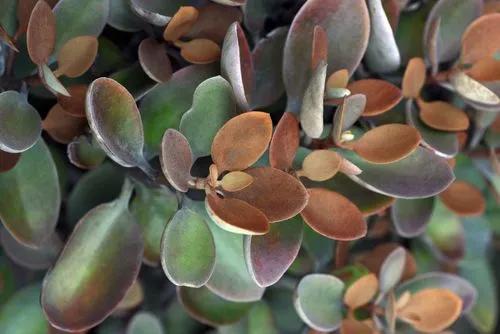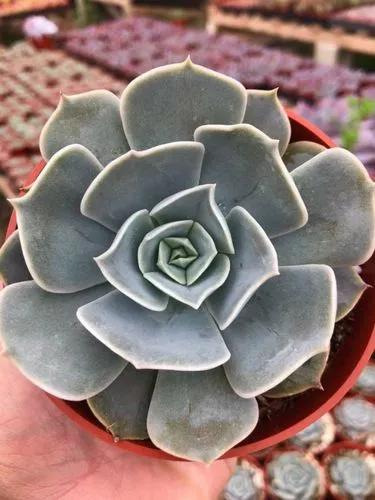Haworthia truncata is a succulent plant species in the Haworthia genus and Asphodelaceae family.This perennial is indigenous to Calitzdorp, South Africa. The haworthia species are widely distributed in a South African region, known as the Little Karoo in the east of the Western Cape.The first half of the name “Haworthia” is named in honor of a 19th-century British botanist – Hardy Haworth. The specific epithet truncata or second part of the plant’s name refers to the upper surface of the leaf’s end which appears as if it has been cut off or “truncated,” hence the name “truncate.”Haworthia truncata is a slow-growing small succulent with a warty surface, heightening up to 3″ to 5″ inches.This desert species typically spread in thick clusters in opposite rows. It has flat rectangular stemless segments in a lime green color, and variegated leaves also called the windowed leaves. The plant displays these unusual features from late summer to fall.
Horse's Teeth Care
Haworthia Truncata



How to Care for the Plant

Water

Water regularly in the growing season, but avoid water-logging and let dry between watering, they should never dry out completely during the rest period. If grown in a container, bottom watering by immersing the container is recommended. It must have very dry atmosphere.

Fertilizer

Feed it once or twice during the growing season with a fertilizer specifically formulated for cactus and succulents (poor in nitrogen), including all micro nutrients and trace elements diluted to ½ the strength recommended on the label.

Sunlight

Keep cool and shaded in summer, and provide locations with diffuse sunlight or light shade, it can tolerate shade, shelter from direct sun during the hottest hours. In shade the body colour will remain more green, while full sun will darken a lot. It can be sunburned if moved from shade/greenhouse into full sun too quickly. The amount of sunlight it can withstand without scorching depends upon the how hot it becomes in the summer in the locale in which it is planted. During the spring it may be able to take full sun until the heat arrives at the end of spring. In an area that has hot afternoon sun, it may be able to take full morning sun, but requires afternoon shade or afternoon light shade.

Soil

It grows best in sandy-gritty soil and requires good drainage as it it is prone to root rot.

Temperature

Light frost protection required. It requires a minimum temperature of about 5°C (But will take a light frost and is hardy down to -5(-7)° C for short periods if it is in dry soil). USDA zones 9A – 11. In areas prone to frost, grow in an intermediate greenhouse or conservatory, in pots.

Container

Must be repotted frequently, because every year a part of their roots die and then rots in the pot. Needs a deep pot to accommodate the long, thick, contractile roots.

Popularity

45 people already have this plant 14 people have added this plant to their wishlists
Discover more plants with the list below
Popular articles






